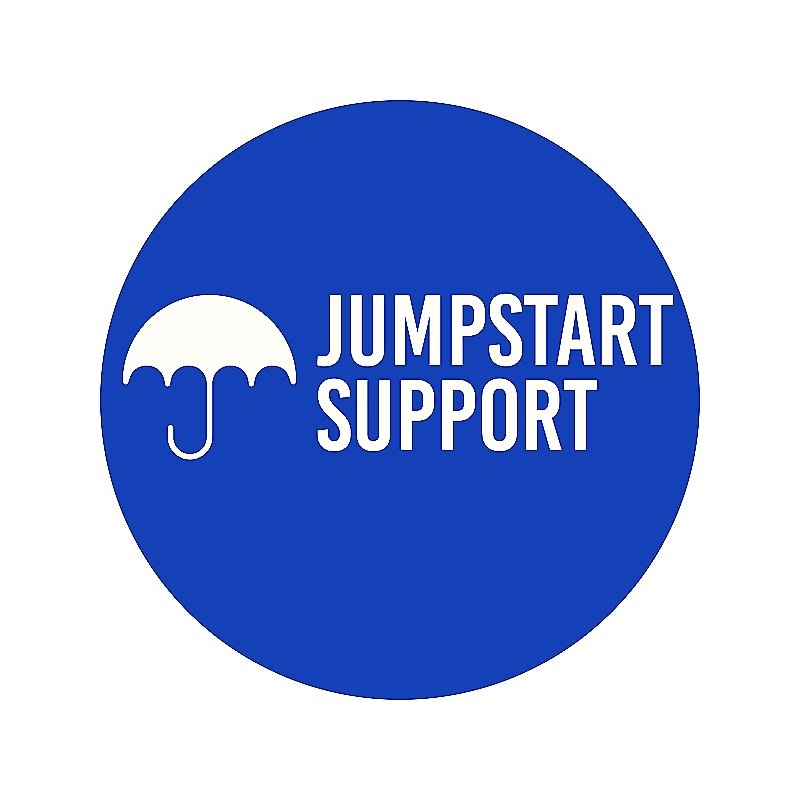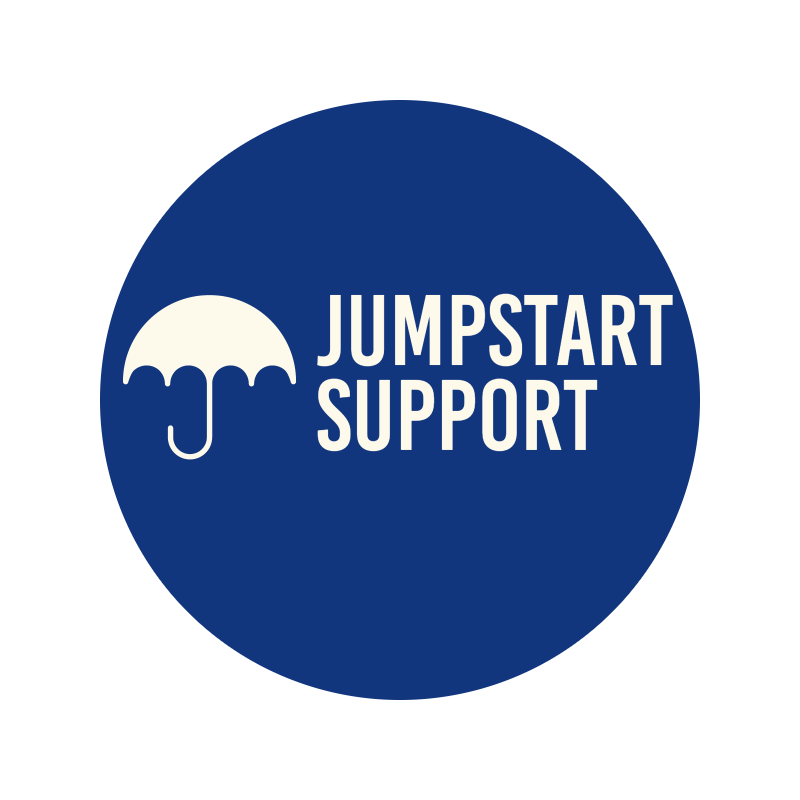Measuring Success: Tracking the Impact of Neurodiversity Programs in Recruitment
The workplace is a mosaic of talents, each piece contributing to a broader, richer picture of organisational success. In recent years, heightened focus on diversity has broadened recruitment practices to weave neurodiversity — the inclusion of individuals with different neurological conditions — into the fabric of business. However, "diversifying the workplace" is just the first brushstroke in this masterpiece. To truly champion neurodiversity, we must measure the success and impact of our initiatives. This blog post is a comprehensive guide for HR professionals, recruiters, and hiring managers on assessing the triumph of neurodiversity programs in the recruitment process.
Understanding Neurodiversity
Before considering measurement, it's crucial to comprehend what we're measuring. Neurodiversity is the idea that neurological differences are to be recognized and respected as any other human variation. In essence, it means acknowledging that everyone thinks differently. This approach not only aids in creating a more inclusive environment but also brings significant benefits to the organisation.
The Benefits of a Neurodiverse Workforce
Relinquishing the 'one-size-fits-all' approach in recruitment to foster a neurodiverse workforce can lead to a multitude of advantages, including:
Broader Talent Pools: By tapping into neurodiverse groups, companies gain access to a wider talent pool, which can be a wellspring of innovation.
Enhanced Problem Solving: Diverse perspectives lead to more comprehensive problem-solving approaches and can uncover solutions that a homogenous workforce might not consider.
Improved Marketplace Perception: A neurodiverse workforce not only represents a broader spectrum of potential customers but also portrays a socially responsible image that resonates with an increasingly aware consumer base.
The Impact of Neurodiversity in Recruitment
Having understood the premise, it's essential to highlight how neurodiversity programs are transforming the recruitment landscape.
How Neurodiversity Programs Affect the Recruitment Process
Implementing neurodiversity initiatives demands a fundamental shift in the recruitment process. From using more inclusive language in job descriptions to offering alternative assessment methods, companies are adapting to accommodate the needs and strengths of neurodiverse candidates.
Case Studies and Examples of Successful Neurodiverse Hiring
Several high-profile companies have pioneered neurodiversity recruitment strategies, with tangible success. Differently-abled employees excel in roles where attention to detail, pattern recognition, and analytical skills are paramount. By tailoring the recruitment process around these strengths, organisations like SAP, Microsoft, and EY have seen increased performance and job satisfaction among their neurodiverse employees.
Measuring the Success of Neurodiversity Programs
Moving from anecdotal evidence to objective measurement is critical. Establishing metrics helps in evaluating the efficacy of neurodiversity programmes and justifying their continuation and expansion.
Key Metrics and Indicators for Tracking Success
To gauge the impact, one can turn to various indices, such as the percentage of neurodiverse employees (both in absolute terms and relative to the overall employee base), employee satisfaction levels, and improvement in team performance where neurodiverse employees are integrated.
Challenges in Measuring the Impact of Neurodiversity in the Workplace
Despite the vital importance of measurement, there are inherent complexities. One challenge is the significant variability in the manifestations of neurodiverse conditions. Prejudice might also lead to misdiagnosis and underrepresentation, skewing data and subsequently, the findings.
Strategies for Effective Tracking
Measuring the success of neurodiversity programs is as much an art as it is a science. Here are some strategies to ensure your efforts yield valuable insights.
Best Practices for Collecting and Analysing Data
Data collection should be extensive, including pre- and post-hiring feedback, appraisals, and voluntary self-identification to provide a comprehensive view. Employing statistical tools and qualitative analysis can uncover patterns and illuminate unseen impact areas.
Tools and Technologies Available for Tracking Neurodiversity Initiatives
A myriad of tools, from simple tracking spreadsheets to sophisticated HR analytics software, can assist in the measurement process. Leveraging emerging technologies, such as machine learning algorithms that identify patterns of neurodiverse employee success, can be particularly enlightening.
Real-World Applications
Concrete examples of enterprises that have robust, data-driven neurodiversity programs offer tangible proof of concept.
Success Stories of Companies Implementing Effective Neurodiversity Programs and Tracking Their Impact
Highlighting companies that not only champion neurodiversity in recruitment but also effectively track its influence can inspire and guide others. Examining their methodologies and key performance indicators (KPIs) can provide invaluable benchmarking references.
The Future of Neurodiversity in Recruitment
The trajectory of neurodiversity in the workplace is pointing towards a future where tracking is synonymous with transformation.
Trends and Predictions for the Future of Neurodiversity in the Workplace
Analysing trends like the growing body of research quantifying the unique contributions of neurodiverse employees, we can predict a shift towards even more pronounced neurodiversity initiatives and a data-centric approach to measuring their impact.
The Role of HR Professionals and Recruiters in Advancing Neurodiversity Initiatives
HR professionals and recruiters will play a pivotal role in shaping this future. They will be at the forefront of not only adapting policies but also advocating for neurodiversity in organisational strategy.
Conclusion
Inclusion is not just about giving opportunities; it's about ensuring they lead to a positive impact. The call to action is for all stakeholders, from leadership to recruiters, to commit to measuring the success of neurodiversity programs. By doing so, we can enrich the workplace, enhance productivity, and lay the groundwork for a truly inclusive environment.
Measuring the success of neurodiversity programs is not just a box to tick; it's a means to learn, adapt, and keep pushing the boundaries of diversity and empowerment. If your organisation is keen to take the next steps in this vital initiative, don't hesitate to reach out today at Jumpstartsupport.com. Your commitment to change can start with a simple conversation.

